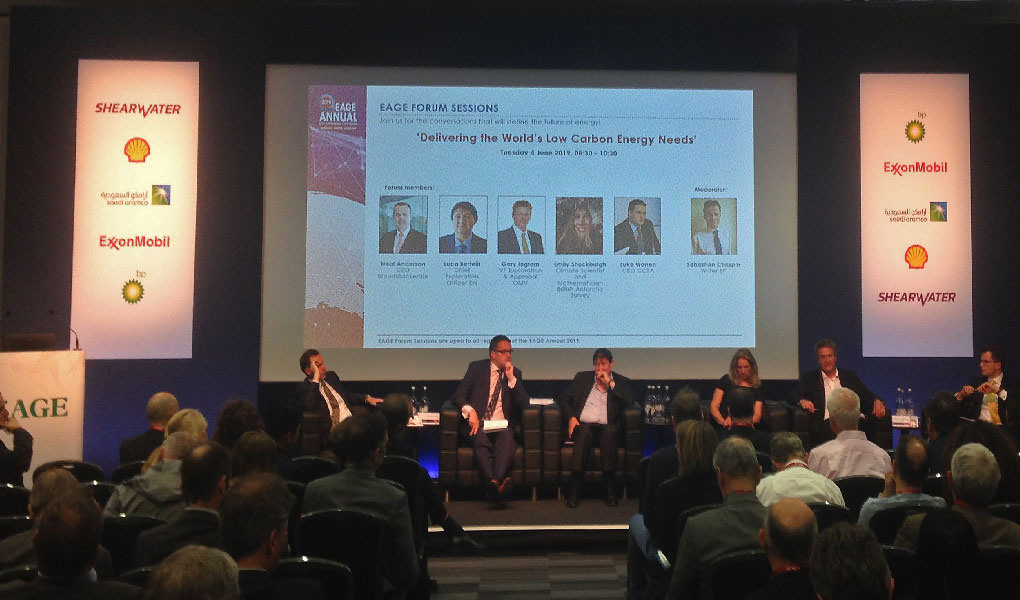News
June News
More research on fractured reservoirs just published in the Journal of the Geological Society, London. The latest paper is from Loraine Pastoriza’s PhD work to characterise fracture attributes in a geothermal reservoir at Southern Negros in the Philippines. Situated on an active plate margin, the high heat flow in the Philippines is a viable geothermal…
Read MoreMay News
Great to see this important multi-disciplinary work on fractured Zechstein reservoirs appear in print in Geological Society Special Publication 494. A big effort from Susie and GRL colleagues – along with major input from Maurice Tucker, Michael Mawson, Bob Holdsworth, and Jon Gluyas.
Read MoreApril News
Since the autumn we’ve been running a successful field test to demonstrate the utility of our low-cost GNSS units to monitor ground movement cause by local landslides on the coast near Whitby (NE England). This was part of the “Mostly Coastal” project funded by ESA Business Applications (European Space Agency) and the UK Satellite Applications…
Read MoreMarch News
We’ve long been advocates for the digital acquisition of field data (e.g. see here, here and many more here), so the arrival of compass/clino smartphone ‘apps’ got us quite excited – not least for our analysis of fracture networks, where we typically make thousands or tens of thousands of individual orientation measurements. Digitalisation promises massive…
Read MoreJuly News
We’ve just got back from a scouting mission to Lewis in the Outer Hebrides, to finalise the field itinerary and double-check logistics and HSE for our upcoming workshop in fractured basement reservoirs, scheduled for September. It rained! A lot! And it was so windy that the arrival of our trip leader Bob Holdsworth was delayed…
Read MoreJune News Update
Our main field-based task this month has been to re-visit the autonomous GNSS units that we deployed on Mt. Etna and which had recorded the seismic swarm that caused displacement on the Pernicana fault on the eastern flank of the volcano six months ago. We had unexpectedly lost remote contact with one of the units,…
Read MoreJune News
As usual for the EAGE Annual Meeting, the 2019 edition in London included technical sessions to appeal to all tastes. As previously reported, we used this opportunity to present The Influence of Regional Tectonics on Trap Integrity in Zagros Foothills and Foreland, Kurdistan and SE Turkey, in the “Basin Evolution: Structure, Sedimentation and Economic Geology”…
Read MoreMay News
Satellite imagery of areas of well exposed rock pavement can give great insight into natural fracture networks, over a range of scales that are difficult to image in the sub-surface. But care is needed when interpreting these data for use as quantitative reservoir analogues… Part of our ongoing work in fractured reservoirs is to carry…
Read MoreApril News Update
A quick note on a couple more of our presentations at EGU… Our poster with results from our recent work on “Measuring relative ground motion across the Pernicana fault during the December 2018 – January 2019 eruption and seismic crisis of Mt. Etna, Italy, at 1 Hz sampling frequency using low-cost GNSS”, was part of…
Read MoreApril News
Are we already past “Peak Geoscience”? That’s the fascinating question posed by long-standing Neftex/Halliburton colleagues at EGU next week in the plenum session: “Peak Geoscience? Uncertainty, unknowns and the future of geoscience”, Monday 8th April. Perhaps geoscience will become less critical to economic growth as we progressively de-carbonise the economy over the coming years? Right…
Read More









